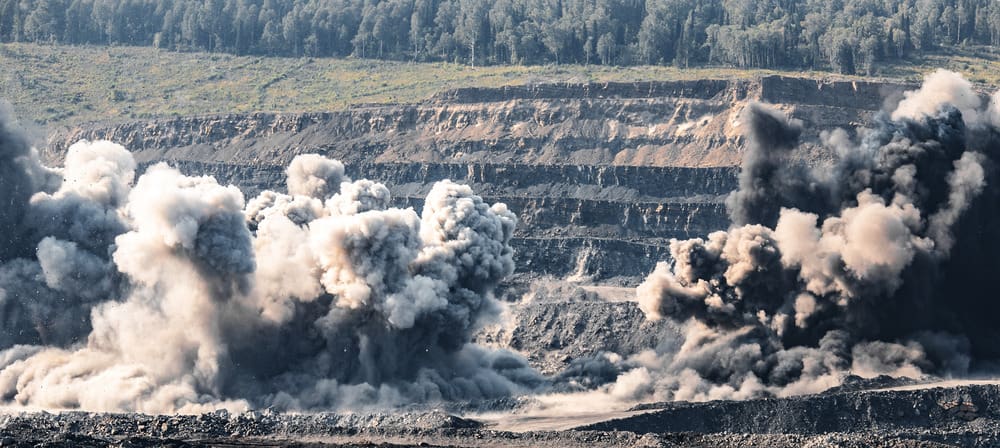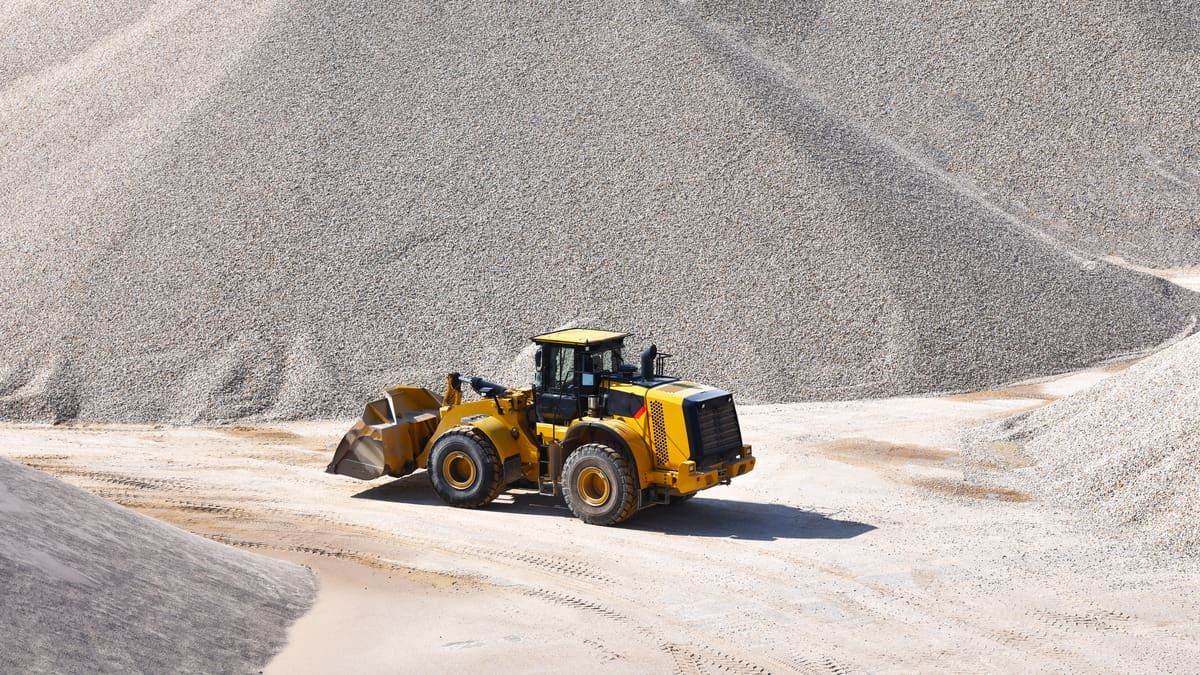In the Service of Mining in South Africa
Reading the WOW report on Service Activities Incidental to Mining of Minerals in South Africa – August 2022, one is struck by how many activities in the value chain are performed by companies that are not traditional mining houses. It illustrates the complexity of the value chain from resources to final products. We also note that mining is an energy-hungry activity and a significant provider of employment and business opportunities. Its fortunes are derived from international competitive markets, and that requires carefully-developed policies and an enabling environment.
The mining value chain
It’s worth reflecting on the long non-exhaustive list in the WOW report to get an idea of the theatre of mining operations: “site preparation, removal of overburden (rock and soil above the area to be mined), drilling, blasting, crushing, screening, truck loading, hauling, haul road maintenance, pumping of water from open pits, tailings dam construction and maintenance, product stockpile management, train loading, explosives magazine (storage) management, fuel management, maintenance and operation of mineral processing plants, tailings deposition and reclamation, shaft sinking, underground development and ore extraction, installation of underground support systems, vamping and sweeping, rock boring, tunnelling, exploration drilling and mine rehabilitation, training and the supply of electricity and water.”
It is not surprising that some construction companies chose to invest in subsidiaries specialising in mining industry services.
Adoption of new technologies
Rising commodity prices in recent years and strategic tweaks provided a good tailwind that resulted in some good years for many mining services companies. It became a natural progression for mining houses to acquire specialised services companies. The investment in the equipment and the R&D for newer, better-performing technologies was significant. Outsourcing to specialised companies led to improved utilisation rates of the equipment deployed in many mines. The enhancements to equipment and the deployment of new technologies proved to be exceptionally beneficial.
Some mining companies in South Africa also deployed software such as Commit Works and Fewzion to improve safety performance. According to reports emanating from the 2022 Mining Indaba, some miners and small contractors were able to deliver 25% to 50% improvements in performance less than three months after on-site implementation, which helped mines to sustain their results for over four years.
Another example of how new equipment and technologies are great enablers to this industry is fracking in the US. New equipment and methods made it possible to bring the production cost per barrel of oil down to around US$50 and enabled the US to shift from being a decade-long oil importer to an exporter.
Green power generation for mining
Another noticeable thread in the WOW report is the growing investment in green power generation in this sector. It will take a couple of years for the projects to deliver the power, but it is a good thing that recent regulation relaxation is enabling this move. Several large green power generation projects are in the pipeline and capacity planning is so big that power requirements from Eskom will be greatly reduced. This is a Catch-22 for Eskom; it will lose a significant income stream from the mines, an income badly needed to continue servicing its huge debt. Eskom’s plans to demand higher tariffs will only drive more industry players to transit to clean energy, which will also benefit mines as they improve their ESG standing in international markets.
Mining Policies
Mining is dependent on international markets and commodity pricing, which is cyclical. Thus when times are good, the most must be made of the good fortune, and infrastructure and logistics need to be in place to ensure that exports are not hindered. State-owned Transnet Freight Rail fell short in this respect. In consequence, private sector road transport grew, which unfortunately led to increased costs and the destruction of road infrastructure.
Government intervention is required to unlock South Africa’s potential. It is also stated in the WOW report that most mines are ageing – the sideways line of South African mining GDP in constant prices is testimony. Further evidence is the WOW quote: “For more than a decade, less than 1% of the global exploration budget has been spent in South Africa.” This trend can be reversed and there is nothing that stands in the way of making this happen.
Contact us to access WOW's quality research on African industries and business
Contact UsRelated Articles
BlogCountries Mining and quarryingSouth Africa
The Role of Service Activities in South Africa’s Mineral Sector
Contents [hide] The mining industry has long been a cornerstone of South Africa’s economy, with associated services being essential and critical in the value chain. The WOW report on services...
BlogCountries Mining and quarryingSouth Africa
Illegal mining – an explosive nuisance
Contents [hide] Illegal mining has grown exponentially in recent years in South Africa, as detailed in WOW’s report on the Manufacture of Explosives and pyrotechnics in South Africa . The...
BlogCountries Mining and quarryingSouth Africa
Can the South African mining industry continue to grow following Covid?
Contents [hide] The mining industry in South Africa is one of the biggest contributors to the country’s fiscus, and one would imagine it to be on government’s priority list for...





